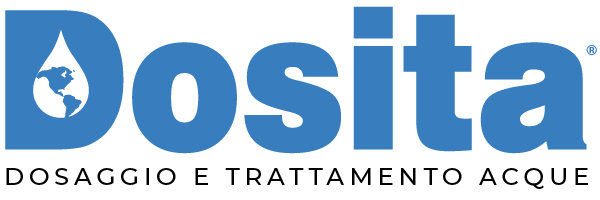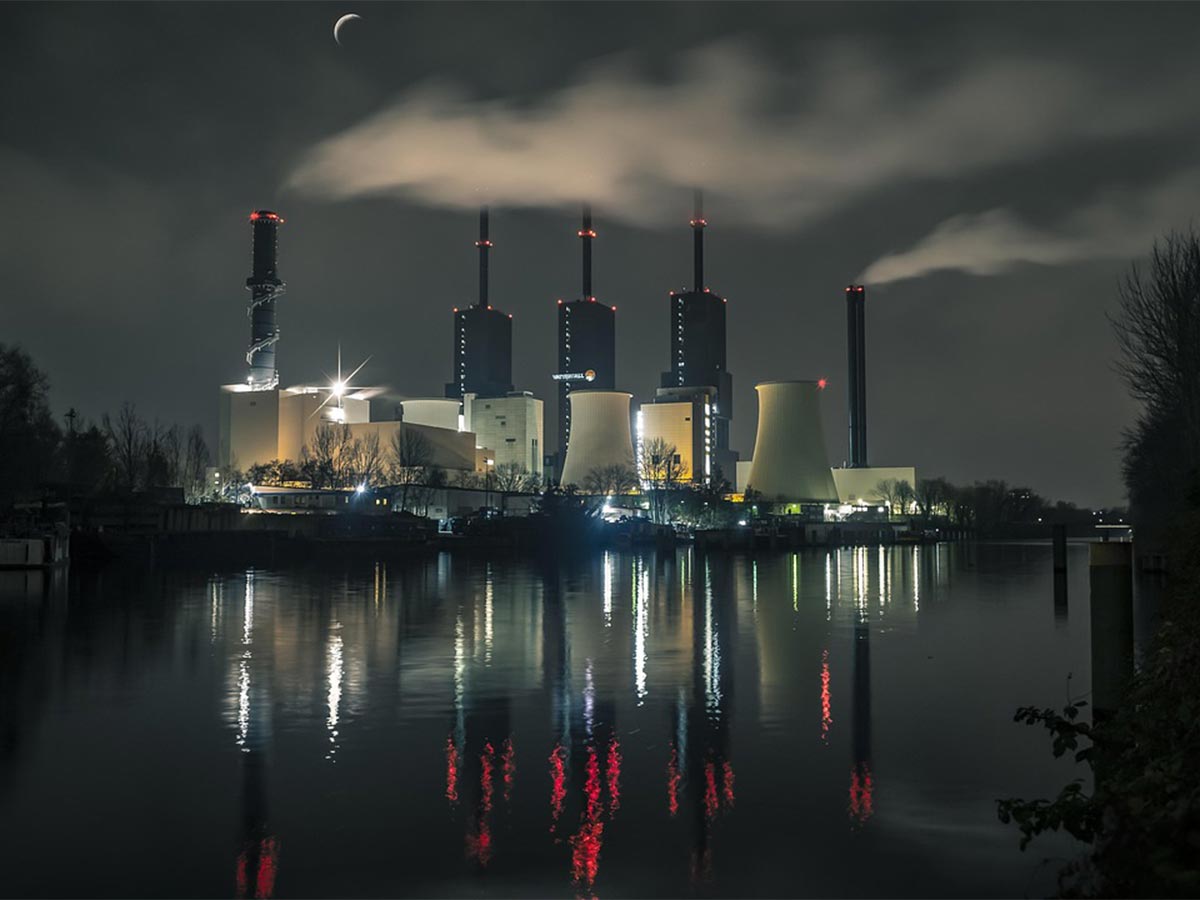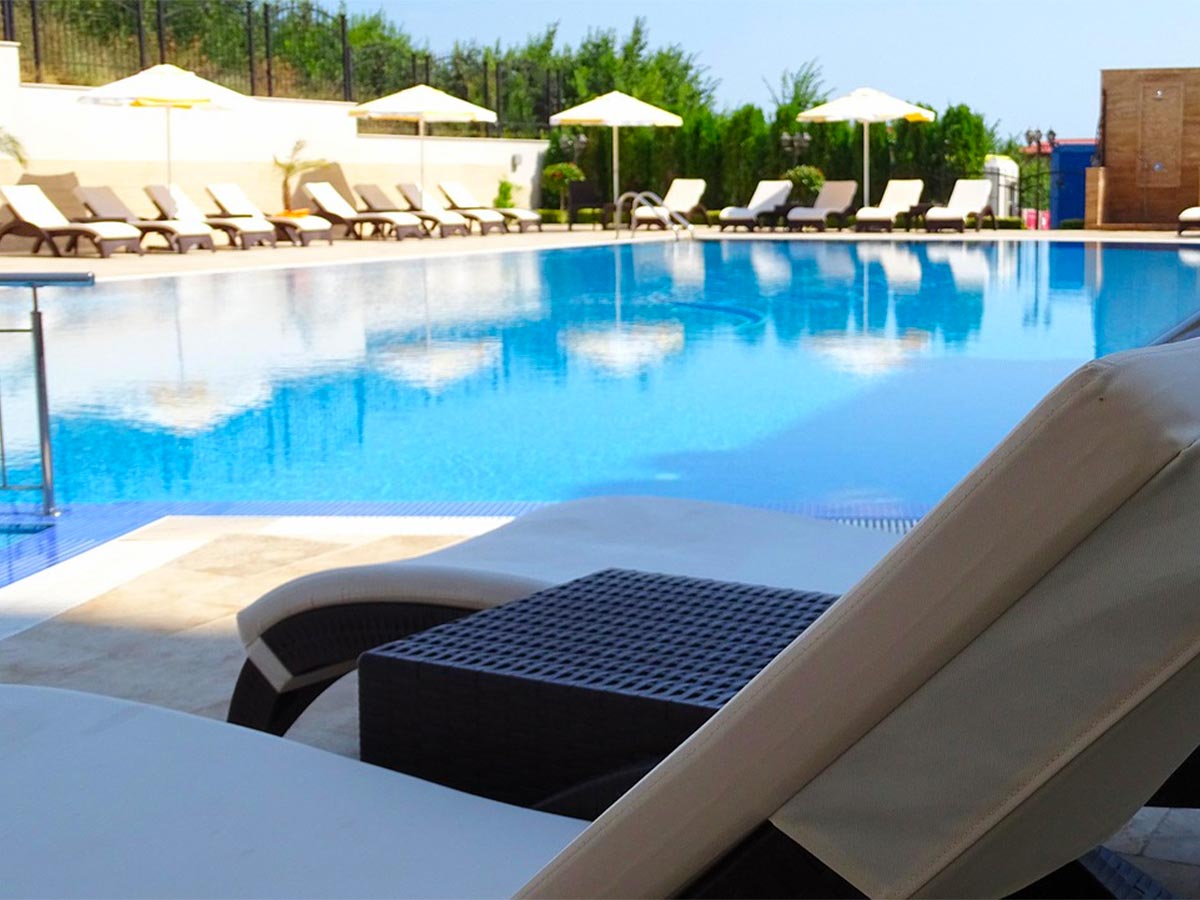Pool water treatment is essential to keep the water clean, safe and comfortable for swimmers. Here is an overview of the main steps and products used:
Water Treatment Steps
- PH Control: Maintaining the pH between 7.2 and 7.6 is essential to ensure that sanitizers are effective and to avoid skin and eye irritation
- Chlorination: Chlorine is the most common sanitizer used in swimming pools. Free chlorine levels should be maintained between 1 and 3 ppm (parts per million)
- Shock Chlorination: An intensive chlorine treatment, also known as “shock”, is performed to eliminate bacteria and algae, especially after the initial filling of the pool or after long periods of closure
- Flocculation: Use of flocculants to bind suspended particles in the water, facilitating their removal through filtration
- Filtration and Circulation: An effective filtration system removes dirt and particles from the water, keeping it clear
Products Used
- Granular Chlorine: Used for regular and shock chlorination
- Algaecides: To prevent and control algae growth
- Flocculants: Helps make suspended particles larger and easier to filter
- Active Oxygen: Improves water quality and helps keep chlorine active
- Bromine: An alternative to chlorine, particularly effective at higher temperatures
Regular Maintenance
- Testing Water: Use test kits to regularly monitor pH, chlorine and other chemical parameters
- Filter Cleaning: Clean or replace the filter regularly to ensure effective removal of impurities
- Pool Cleaning: Remove dirt and debris from the surface and walls of the pool
By following these steps and using the right products, you can keep your pool in tip-top condition all year round.



